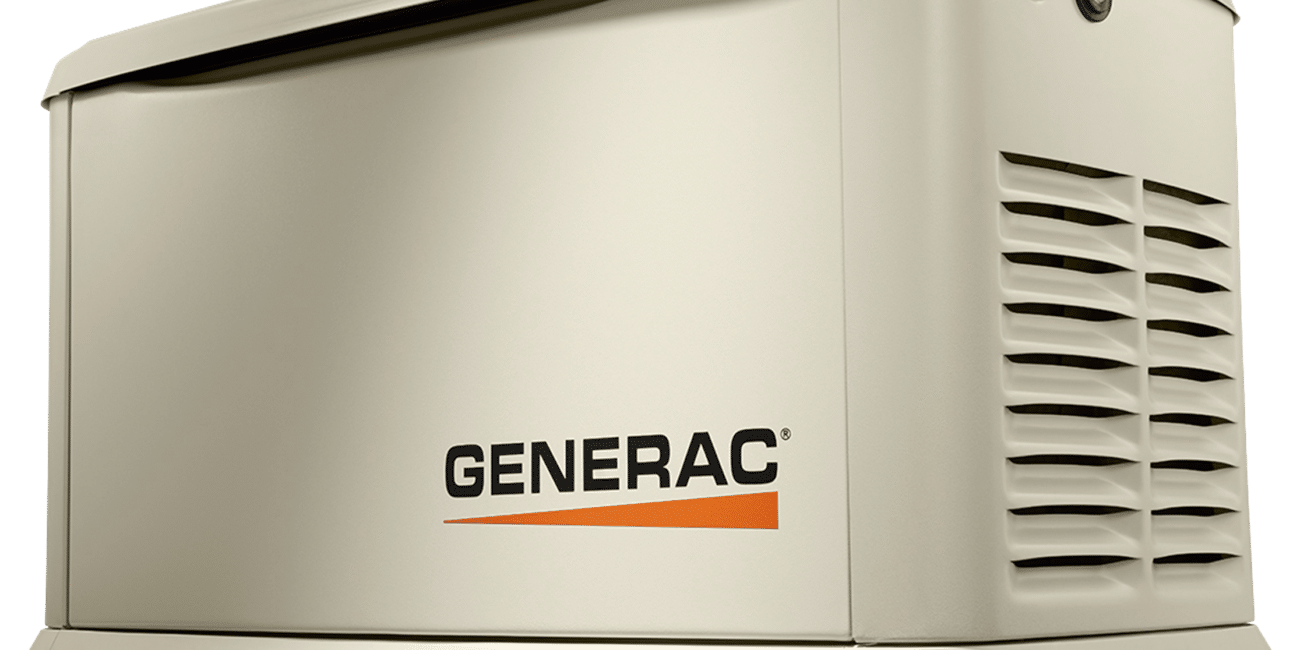Products
Services
Online Store
Other Resources

So frequently a homeowner doesn’t persist with getting a quote on a home standby generator because they feel their home is not a good fit. They have been told there is no place for the generator, or their gas and electrical meters are on opposite sides of the home making an installation impossible. Some have even told us they want one but it can’t be done because they have a finished basement.
There is no truth to the above. There is always a way. Yes, sometimes the necessary methods add cost but there is always a way.
Home standby generators require certain spacing from combustible materials, and clearances to satisfy the manufacturers guidelines and the Ontario Electrical Code enforced by the Electrical Safety Authority. We have built structures to hold the generator suspended if there is no available footprint on the ground. We have them above pool equipment, AC condensers, on balconies and flat roofs. We have pedestals pre-made and custom made in our shop. This sounds expensive but it’s not. They range from 3% to 10% additional cost on the project.
Home standby generators require cabling to be run from the generator to the transfer switch. And gas piping from the generator to the fuel meter or regulator. Finished basement ceilings can often be fished through by our electricians. Sometimes an access door can be neatly installed and painted to match if a hole was required for an install. And rarely it’s necessary to make some drywall repairs which is also a minimal cost. Excavating the electrical and gas services is also an option. The added length will require the materials be upsized but this is often a small increase in material cost.
Assessing your property for a standby generator is essential to ensure a reliable and efficient backup power solution. Begin by identifying the essential appliances and systems you want to keep running during an outage, such as heating, cooling, refrigeration, and security systems. Calculate their total power requirements and consider future needs to choose the right generator capacity. Next, select an appropriate location for the generator, considering proximity to the fuel source, distance from living spaces to minimize noise, and ensuring adequate ventilation and accessibility for maintenance. It’s also crucial to evaluate your home’s electrical system, including service panel capacity and the installation of a transfer switch, which isolates the generator from utility power lines.
Additionally, research any required permits and adhere to local regulations for generator installation. Understanding costs, including the generator purchase, installation, maintenance, and fuel expenses, will help you budget effectively. Professional installation is recommended for safety, warranty protection, and compliance with local codes. Regular maintenance and professional servicing will ensure your generator remains reliable. By carefully assessing these factors and seeking expert guidance, you can enhance your home’s resilience against power outages and ensure continuous operation during unexpected events.
We allocate the day for our crew so the extra effort in fishing the cables through finished space rarely ends up changing the labour component of our quote. Only the additional material costs are reflected in the proposal.
Before you assume your house is not a good candidate for a home standby generator, contact us for an in home or virtual consultation and same day proposal or call 844-443-6776 to book an appointment over the phone.

The #1 Authorized Generac Home Standby Generator Dealer in Ontario


© 2024 Platinum Electrical Contractors, All Rights Reserved
A member of our team will be in touch shortly to discuss how we can help to meet your needs.